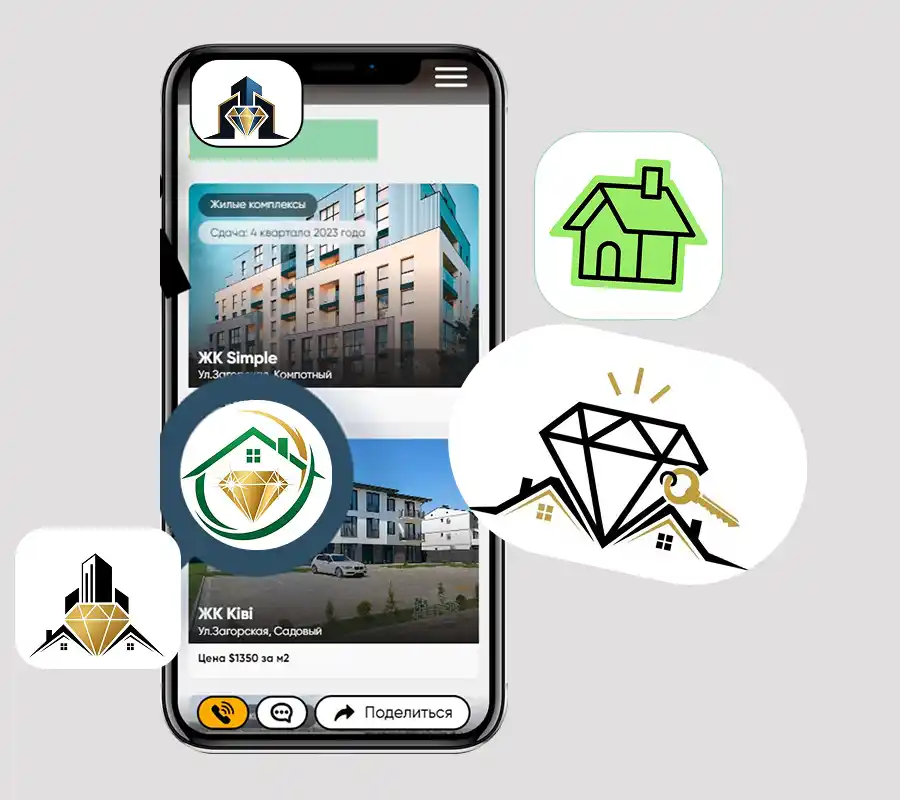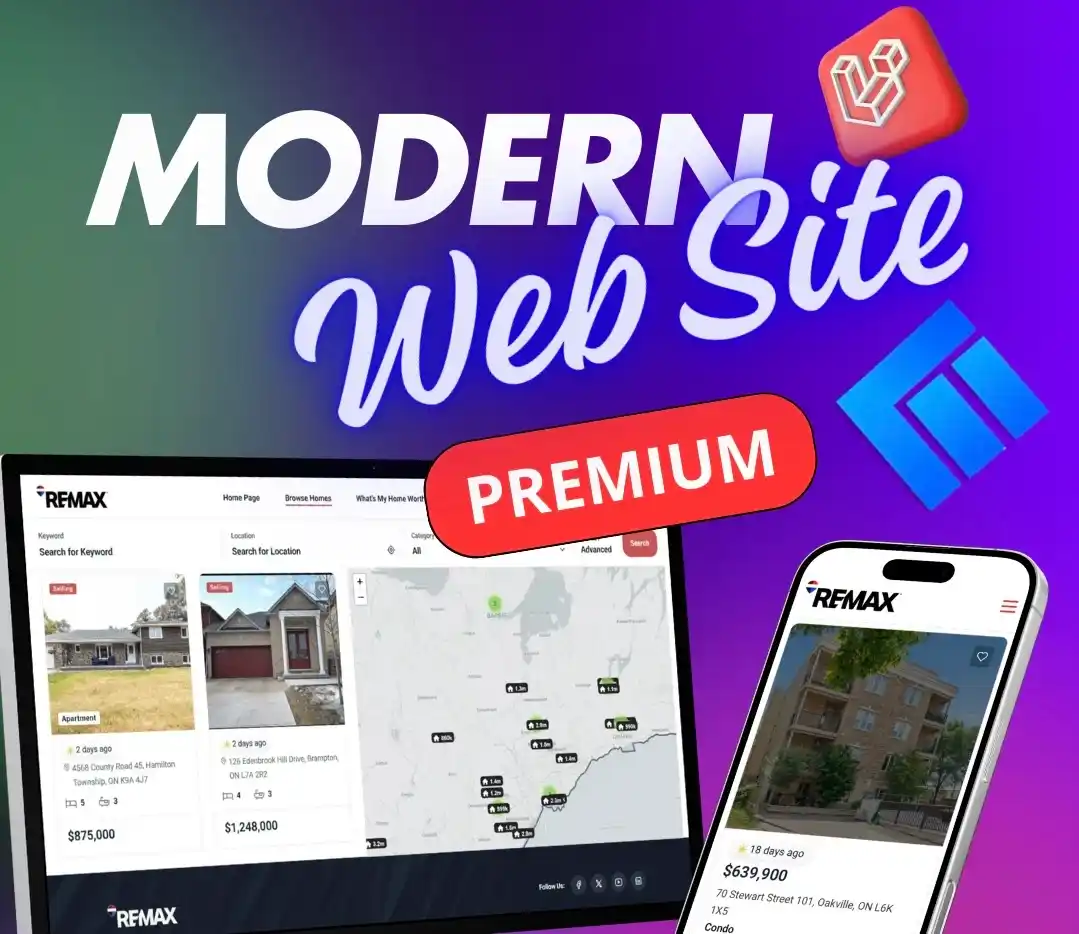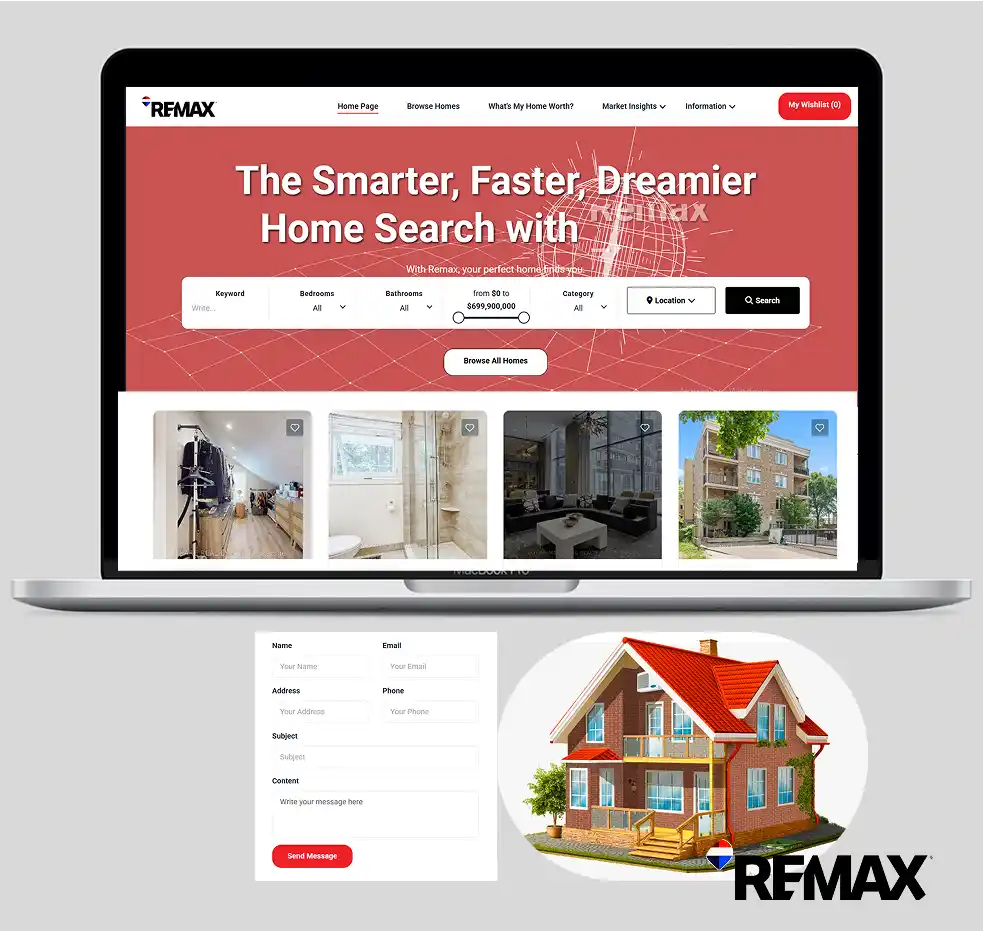
_11zon.webp)
2025-07-12
Creating a Marketplace: How to Build a Successful Platform for Thousands of Sellers
Marketplace Creation: Build a Successful Platform
Tags:
In today's e-commerce world, marketplaces have become some of the most influential players. From Amazon to Etsy, these platforms have changed the way we buy and sell, providing a space for thousands of sellers and millions of buyers. Building your own marketplace is an ambitious, yet potentially incredibly profitable project.
If you dream of building a successful business platform that unites numerous sellers and a large audience, this article is for you. Let's look at the key steps and aspects you need to consider to create a marketplace capable of scaling.
1. Define Your Niche and Business Model
Before diving into technical development, it's critically important to clearly define what kind of marketplace you want to create.
- Niche: Will you be a universal marketplace (like Amazon) or focus on a specific niche (e.g., handmade goods, freelance services, real estate rentals)? A narrow niche can help you attract the first sellers and buyers faster, and better understand their needs.
- Business Model: How will your marketplace generate revenue?
- Commission on transactions: The most common model, where you take a percentage of each sale.
- Subscription: Sellers pay a fixed monthly or annual fee to list their products/services.
- Listing fees: Sellers pay for each product/service listed.
- Advertising/Promotion: Sellers can pay for priority placement of their offers.
- Combined models.
A clear understanding of your niche and monetization model will influence subsequent development and marketing stages.
2. Plan Your Marketplace Functionality
A successful marketplace must meet the needs of both sellers and buyers. This requires careful functionality planning.
Core Functionality (MVP - Minimum Viable Product):
- User registration and profiles: Separate roles for buyers and sellers.
- Product/Service management: For sellers – the ability to add, edit, delete their offers, manage inventory/availability.
- Search and filters: For buyers – effective search for products/services by category, price, rating, location, etc.
- Shopping cart and checkout: A standard purchase process for buyers.
- Payment system: Secure integration with payment gateways that support split payments (sending a portion of the amount to the seller, a portion to the platform).
- Review and rating system: Trust is key for marketplaces.
- Admin Dashboard: For sellers – sales and order statistics; for administrators – overall platform management.
Additional Functionality for Scaling:
- Chat or messaging system between buyers and sellers.
- Advanced analytics for sellers.
- Marketing tools (coupons, promotions).
- Integration with logistics services.
- Dispute resolution and arbitration system.
- Mobile applications (iOS/Android).
3. Choose the Right Technology Platform
The choice of technology stack is critically important for the scalability and flexibility of your marketplace. You can choose a ready-made solution, a framework, or development from scratch.
- Ready-made Solutions (Marketplace Builders): Some CMS (like WordPress with WooCommerce Multi-vendor plugins, or specialized solutions based on Magento, Shopify) offer modules for creating a marketplace. This can be a quick start for an MVP, but often has limitations in customization and complexities with significant scaling.
- Frameworks (Laravel, Ruby on Rails, Django, Node.js): Provide developers with the flexibility to create unique functionality. This allows building scalable and productive solutions, but requires more time and resources for development.
- Development from Scratch: The most flexible, but also the most expensive and time-consuming path. Recommended only for very specific and innovative projects that cannot be implemented by other means.
The choice depends on your budget, timelines, and the level of customization required. Remember that a scalable platform needs a reliable architecture and the ability to easily integrate new features.
4. Build a Strong Team
Creating a marketplace is a complex project that requires a team with diverse skills:
- Project Manager: To coordinate all stages.
- Business Analyst: To form requirements and functionality.
- UX/UI Designers: To create an intuitive and appealing interface.
- Backend Developers: For server-side logic, databases, APIs.
- Frontend Developers: For the client-side interface.
- QA Engineers: For testing and quality assurance.
- Marketer: For attracting sellers and buyers.
Quality development is the foundation of a successful marketplace. If you need a team of experts to help you create a marketplace from scratch or scale an existing solution, reach out to professionals. Learn more about our e-commerce development services, including marketplace creation: https://confidence-tech.com/en/service-details/dev-e-commerce
5. Seller and Buyer Acquisition Strategy
Even the most sophisticated marketplace will be empty without sellers and buyers. A two-sided strategy is needed:
- For Sellers: Offer attractive conditions (low commissions at the start, user-friendly interface, promotional tools). Actively seek out sellers in your niche, offer them personalized support.
- For Buyers: Conduct marketing campaigns (SEO, contextual advertising, SMM). Ensure high quality of goods/services and transaction security. Encourage reviews.
6. Scaling and Support
After launch, the work only begins. A successful marketplace requires constant attention:
- Performance Monitoring: Track loading speed, server response time, error rates.
- Security: Regular security audits, fraud protection.
- Customer Support: An effective support service to resolve issues for both sellers and buyers.
- Feature Development: Continuously analyze user feedback and market trends, add new features.
Conclusion
Creating and developing a marketplace is a complex, multi-stage process that requires a deep understanding of the market, clear planning, and professional execution. However, with the right approach, it can become a powerful business platform generating significant revenue and creating value for thousands of users.
Remember, the success of your marketplace depends on the quality of its development and its ability to meet the needs of both sides – sellers and buyers.
P.S. If you are an IT company representative looking for new collaboration and growth opportunities in development, we invite you to our international B2B platform! Register now at https://diamond-firms.com/
Last News.



_11zon_11zon.webp)


